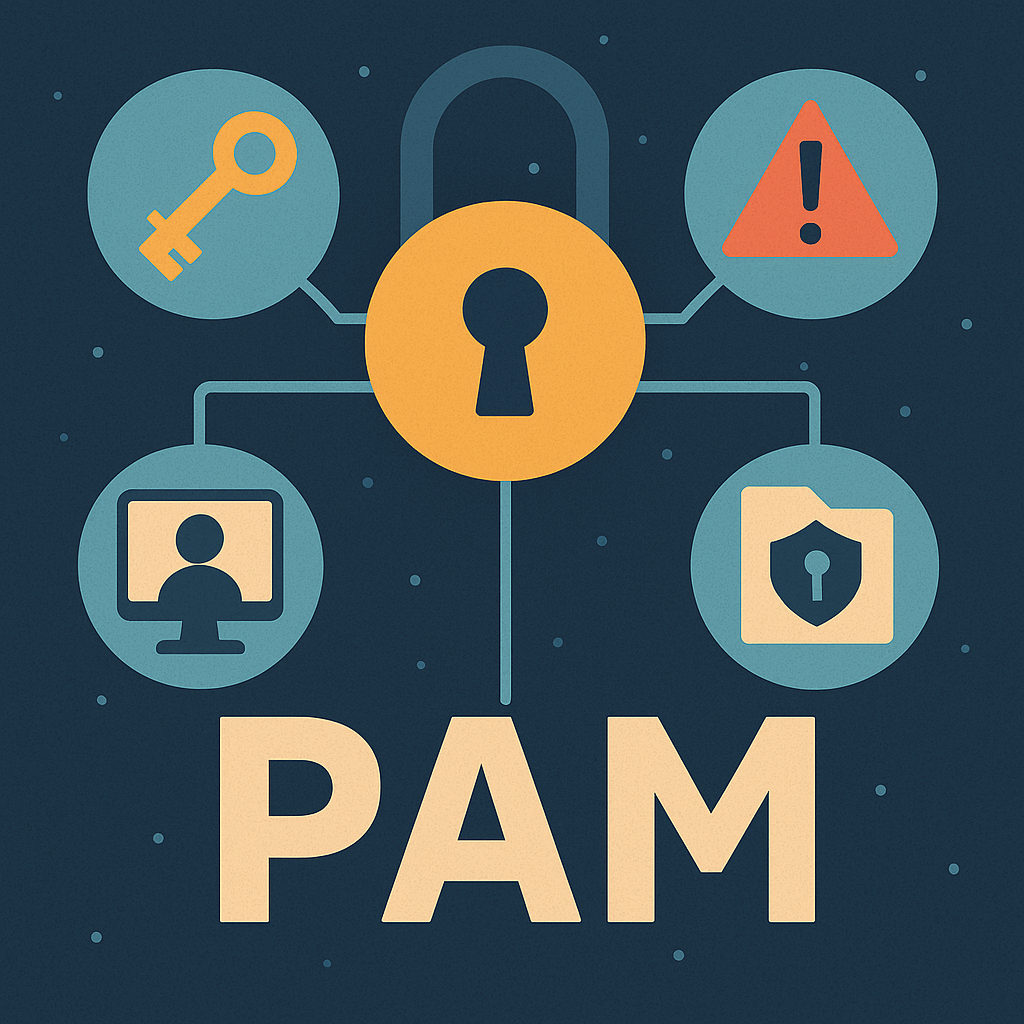Fortifying Cyber Defenses: The Critical Role of Privileged Access Management
In an era where cyber threats loom large over organizations, the security of privileged access stands out as a cornerstone for robust cybersecurity frameworks. But what exactly is Privileged Access Management (PAM)? Simply put, PAM is a subset of identity management technologies that regulates and monitors access rights of users who have elevated permissions within an organization. These 'privileged' users typically include administrators, executives, and certain automated systems.
Understanding Privileged Access Management (PAM)
Privileged Access Management (PAM) is designed to prevent security breaches by controlling who has access to sensitive information and infrastructure. According to Microsoft Security, PAM is an 'identity security solution that is critical in protecting organizations against cyberthreats' (Microsoft Security). On a granular level, this involves managing, automating, and overseeing user activities with elevated access rights, ensuring that only the right people have the right access at the right times.
The Necessity of PAM in Today's Digital Landscape
Why is PAM crucial? The stakes are high in the digital world. A single breach originating from compromised privileged credentials can lead to catastrophic data loss, financial damage, and eroded customer trust. Gartner underscores the importance of PAM as a protective measure, emphasizing its role in 'the management and protection of elevated level of technical access' (Gartner).
Real-World Examples of PAM in Action
Consider the case where a major corporation suffered a data breach due to an exploited privileged account. This incident not only led to significant financial losses but also highlighted the potential risks associated with unmanaged privileged access. By implementing a robust PAM strategy, organizations can mitigate such risks by ensuring comprehensive oversight and control over privileged accounts.
Implementing PAM: Best Practices
Effective implementation of PAM requires a combination of strategic policy-setting, cutting-edge technology, and ongoing management. It starts with identifying who in your organization has privileged access and to what extent. Technologies used in PAM, such as session management and credential vaulting, help in maintaining a secure IT environment by tracking and recording access and activities of privileged users.
Future Outlook and Innovations in PAM
As cybersecurity threats evolve, so do the technologies to combat them. Future advancements in PAM may include more integrated AI capabilities for better anomaly detection and predictive analytics, thereby enhancing the preemptive security posture of organizations.
Takeaway
Understanding and implementing PAM is not just about adding another layer of security—it's about fundamentally enhancing the organizational security posture. As the digital landscape grows more complex, the role of PAM in safeguarding critical assets becomes not only relevant but essential. Start by assessing your current privileged access landscape and consider how PAM can fortify your defenses against the ever-evolving cyber threats.
